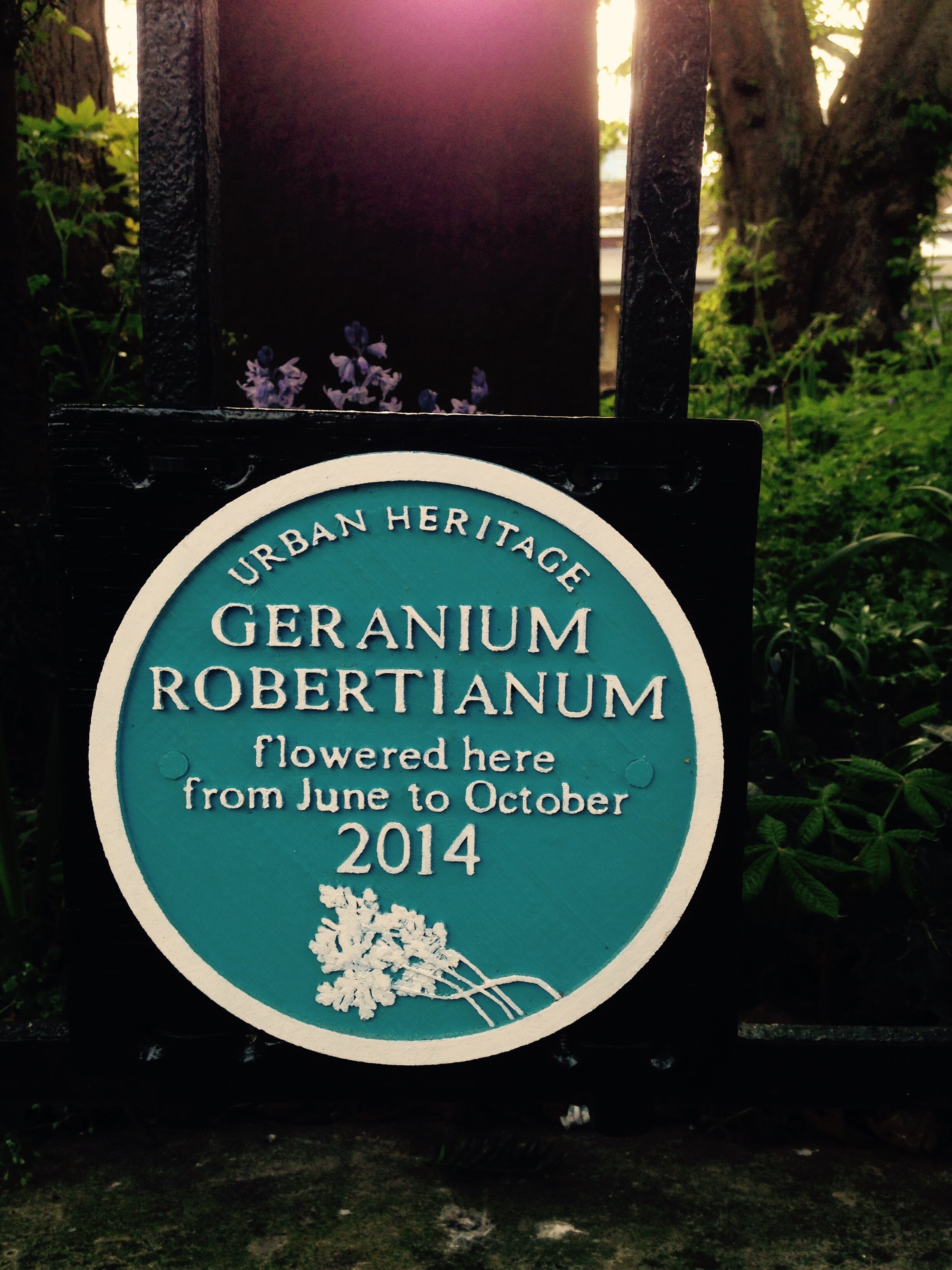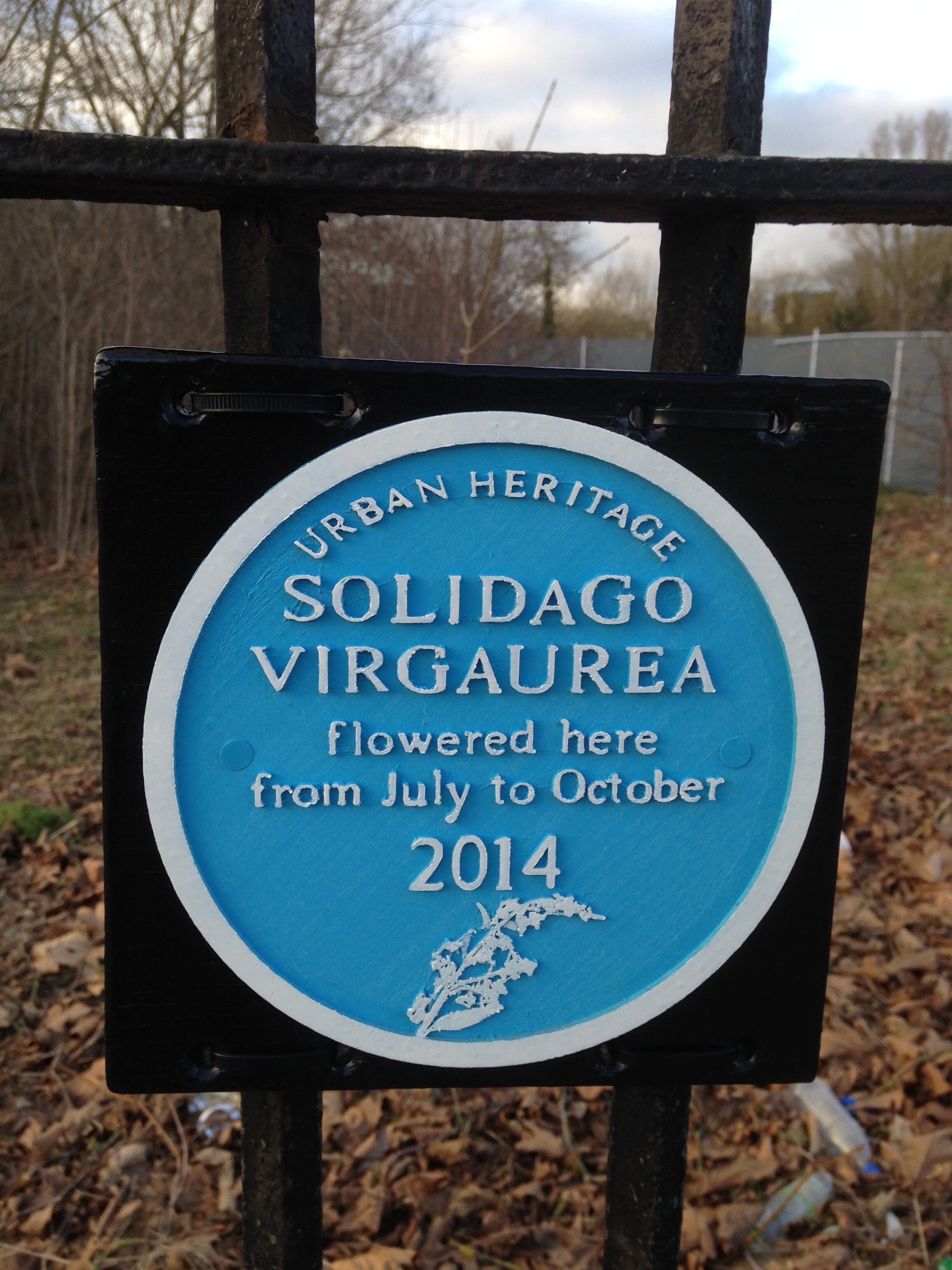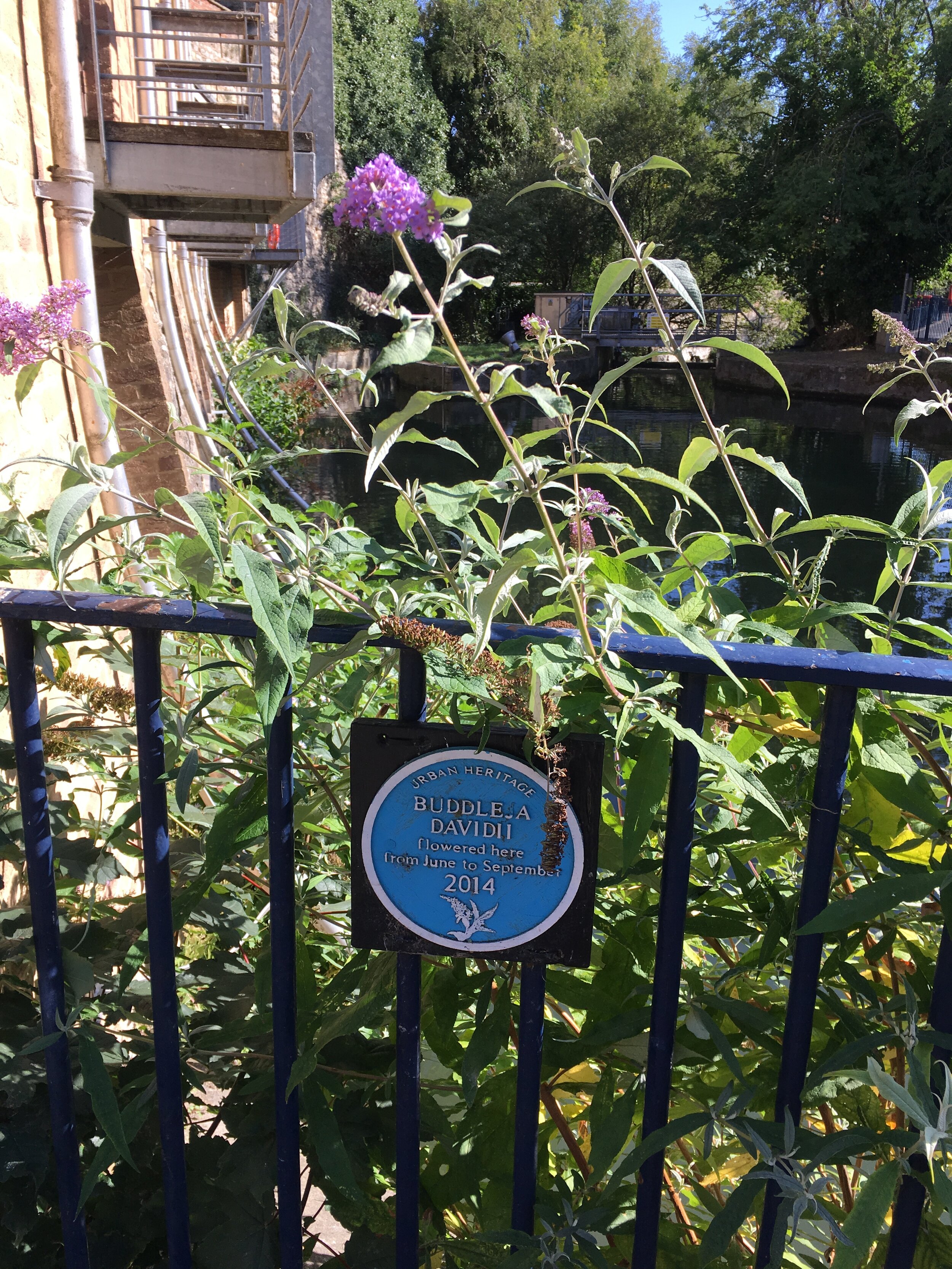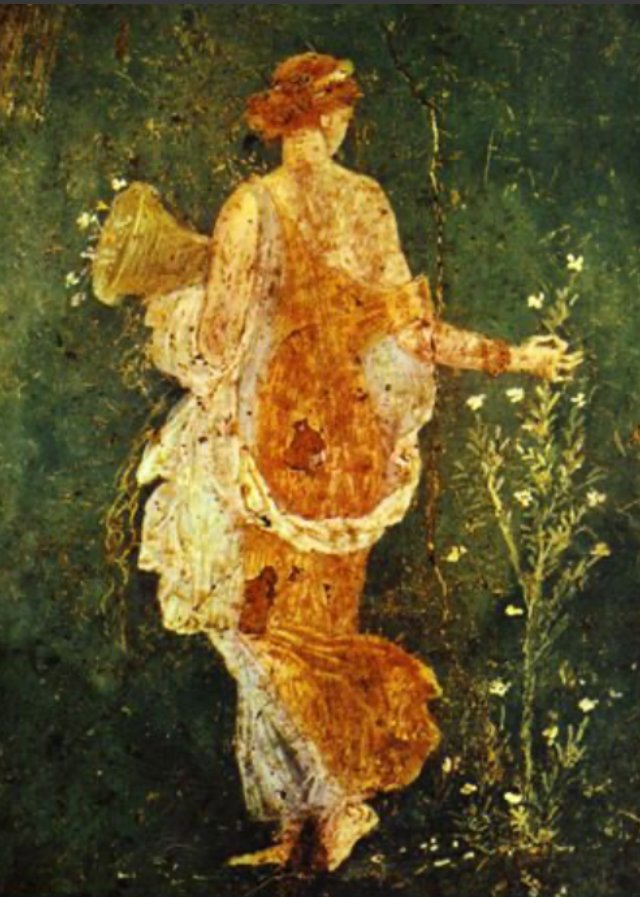My installation and three dimensional work varies widely. I have made some small pieces meant to be noticed out of the corner of your eye and some large installations (which are plausible and therefore possibly ignored). I have also made some very large, ambitious work which is designed to be seen. In all my work of this type I recognise the invaluable help of my partner Steve Lunn (carpentry and mathematical calculations), my son Joseph Rimmer (three D printing) and Simon Burns (plumbing help and advice).
This is a woodland of paper bags, some printed with the word ‘tree’ repeated in English, French, German, Scottish Gaelic and some plain but the paper all originally formed from wood pulp. This small installation tells two stories at once. It speaks of our common use of trees as crops and it tells of the sadness of a solitary tree. We often see a lone tree in a field, the earth ploughed to the edges of its trunk and roots. Such trees do not often thrive without the company of other trees. There may be many reasons for this that we don’t yet understand but we do know that alone they are more vulnerable to disease and obviously more open to lightening strikes or damaging winds. I feel that this situation is not unlike the sadness of a lone human without family, friends or neighbours.
Generally trees live and thrive only as long as we allow them to.
“Family Portrait” in copper and water
We installed my largest copper and water circuit machine in the grounds of HemingwayArt, Oxfordshire in 2016. The soldered shapes on each of the eight plates directed the water in different ways, in smooth waterfalls, fizzing spits or steady drips. Both the shapes and the different ways in which the water moved represented the differing personalities of the eight immediate members of my family at that time.
The water was collected in two copper gutters and flowed into a copper sink which drained back into the system. It was immediately pumped back up to be directed over the plates.
This was my second and most ambitious installation of that type. The first, “Self Portrait of an Ordinary Woman in copper and water” was displayed as part of my end of year Warehouse Art School show at OVADA, Oxford in 2015 and then went on display at Terre Verte Gallery, Launceston, Cornwall. The piece was made with three copper plates, etched with circles and straight lines which were exact measurements of parts of my own body - hidden and revealed in equal measure.
View of the inside of the Back to Buddleia Building Deconstruction Company site, 2016
Wooden pallets, sand, earth, garden tools, table and chairs, reference books, the evidence of packed lunch, Dayglo safety jackets and helmets, a wheelbarrow and a large and healthy collection of wild plants.
The “Back to Buddleia Building Deconstruction Company” site was designed to appear normal and to disappear in plain sight. It was only when you thought about it that you realised that the construction process here was in reverse. The planting of wild plants or weeds, including stinging nettles, was being carefully planned and executed and scrubland was being established and encouraged.
This installation was intricate and hard to see. B.B.B.D.C. rules stated that nobody was allowed on site without permission and safety gear. The public could view the site through slits in the Oxford blue painted wooden barriers and these slits were meshed to prevent people from throwing rubbish through them. Nonetheless it was possible to see that the B.B.B.D.C. workers had temporarily left the site and cold cups of tea and half-eaten snacks remained on the site table, along with reference books on wild plants and insects.
I installed the B.B.B.D.C. site for my second end of year show of work at the Warehouse Art School, OVADA, Oxford.
Outside view of the B.B.B.D.C. site installation, 2016
The deconstruction site wooden barriers, as well as the four meshed viewing ‘windows’, displayed the artwork of members of the public, both children and adults, with notifications of prizes for the winners of an art competition. There was also a site door, firmly padlocked, clearly displaying site safety rules and guidelines.
I was delighted to find that several people walked straight past it, believing it to be a genuine building site.
However the most memorable result of this installation and by far the best for me, was that the wild plants constantly gave off currents of oxygenated air, which flowed from the installation, through the viewing windows and out into the gallery - proof that wild plants provide us with good, clean air, if we ever allow them to do so.








The Urban Heritage Blue Plaque Scheme was introduced in Oxford in 2014.
Five blue plaques were installed in five locations in Oxford City to bring the public’s attention to the value of wild plants. In each case the wild plant in question had been found growing in the spot where its blue plaque was installed.
A pamphlet offering a tour of the five blue plaques was also offered by Urban Heritage and stocked by all the major tourist venues in Oxford, including the Tourist Board office and the Randolph Hotel. Members of the public took these walks to find the blue plaques. They learned about the benefits of each wild plant in the scheme.
The first blue plaque to disappear was the one on St. Ebbe’s churchyard railings - for Geranium Robertianum or Herb Robert.
The railings of the Worcester Street carpark were replaced and the blue plaque for Taraxacum Officinale or Dandelion was removed.
The blue plaque for Capsellla Bursa-Pastoris, or Shepherd’s Purse, on the old Lincoln Library railings in the High, suffered some damage and was then removed.
The plaque for Solidago Virgauria, or Golden Rod, had the most interesting demise in that it was removed, at my request (offering nail scissors), by a friendly security guard on the Westgate Centre building site. He had to go off for a wrench and apologised for the damage. An excellent result.
Finally the blue plaque for Buddleja Davidii, or Buddleia, has survived for a further six years and the buddleia that it celebrates grows up and all but obscures it on Quaking Bridge near Oxford Castle.






